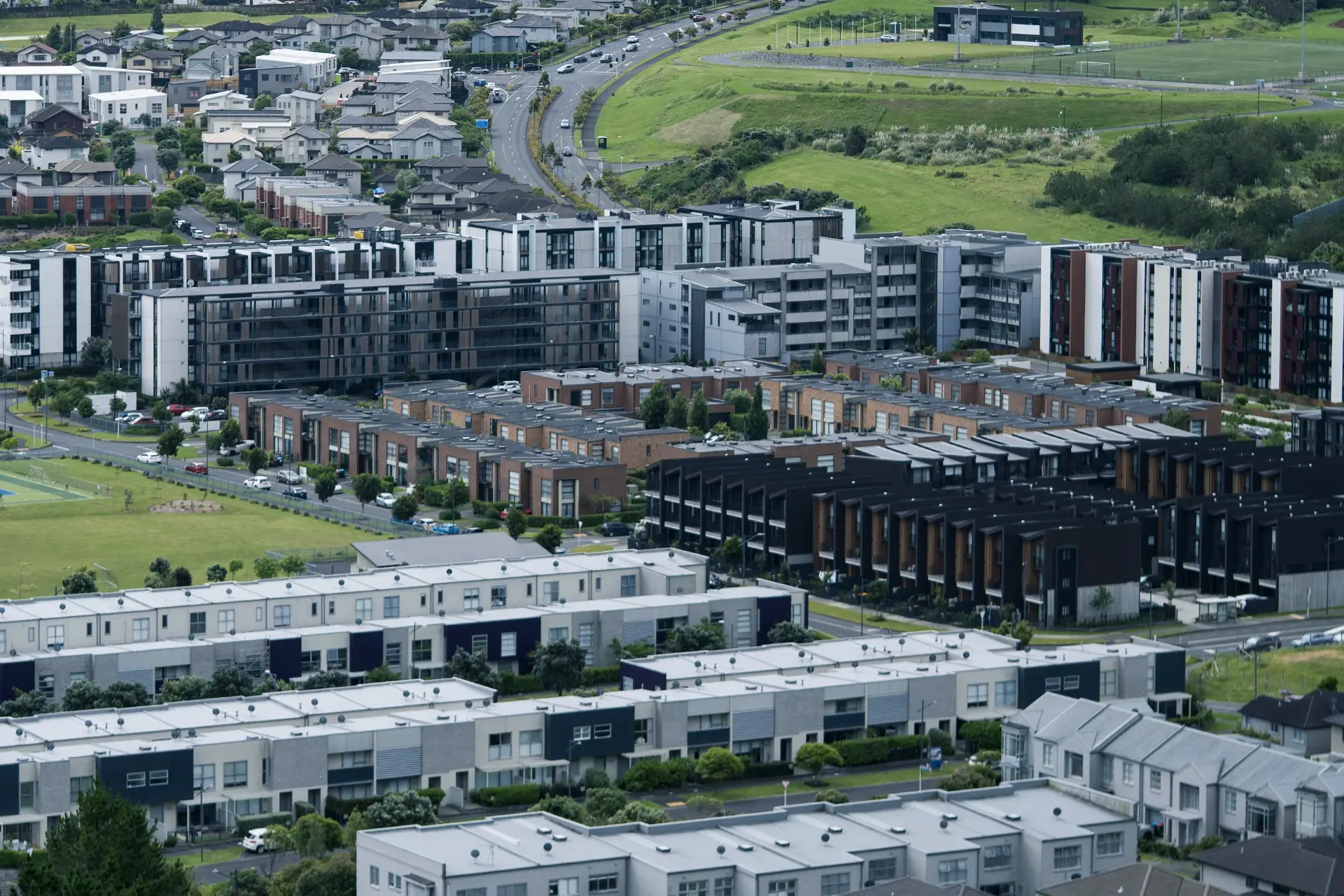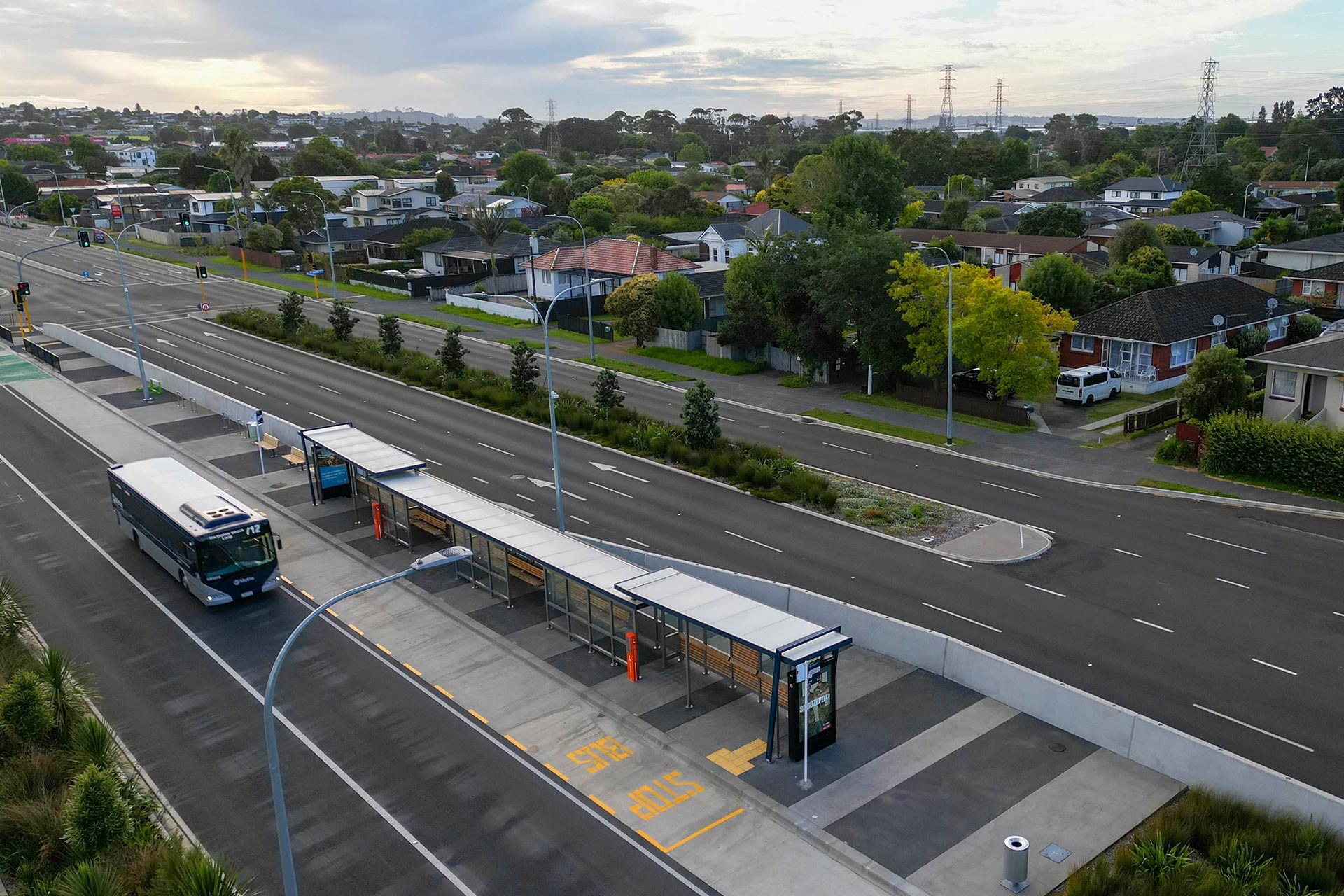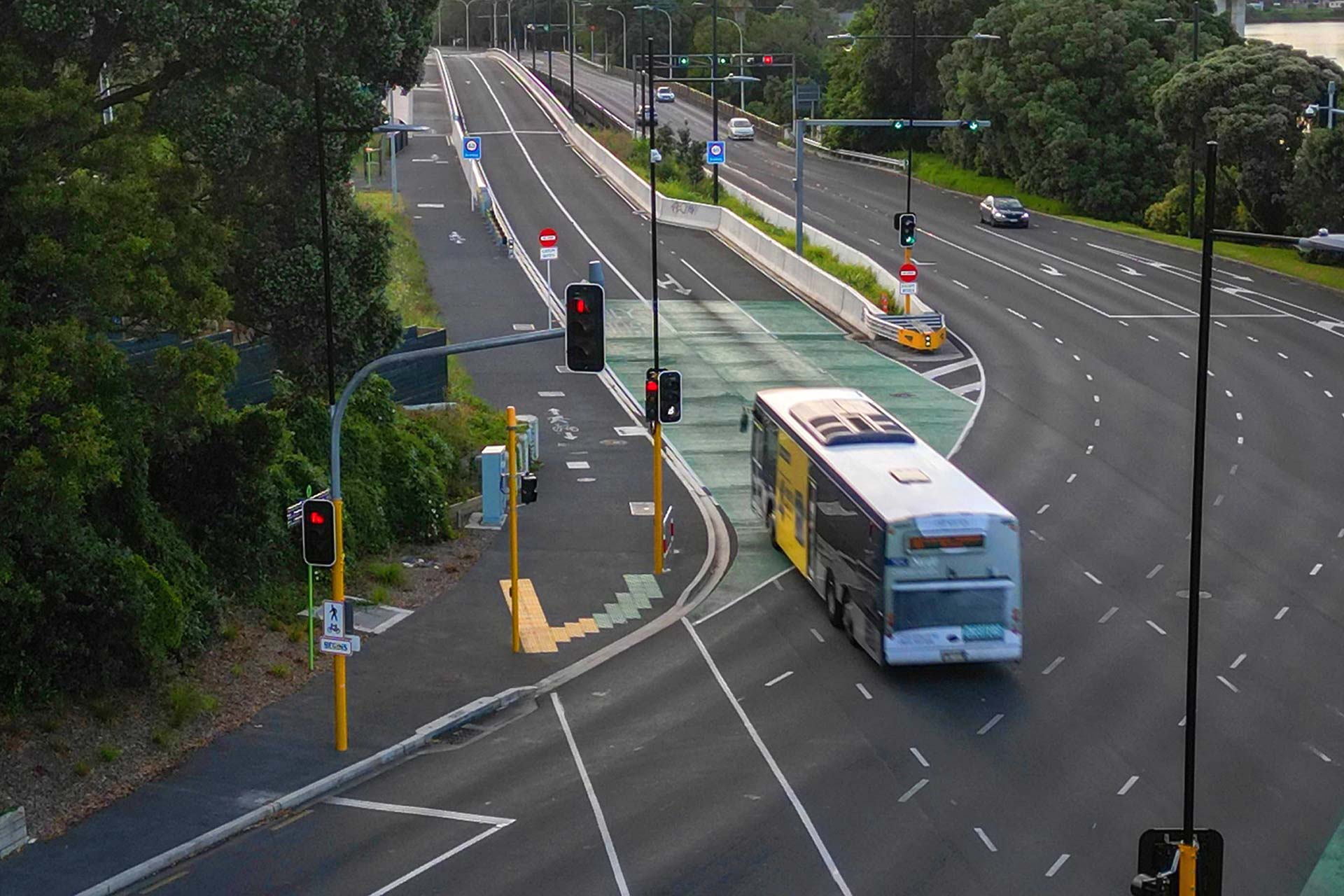Housing plan changes in Auckland are once again in the spotlight, with the government announcing the withdrawal of Plan Change 78 (PC78) and ushering in new requirements for development around key transport hubs. These changes aim to intensify housing in areas where public transport investment is highest — particularly around the City Rail Link (CRL) stations — while scrapping the blanket Medium Density Residential Standards (MDRS) approach previously mandated.
How new legislation is reshaping Auckland’s housing future — and what it means for you.
In essence, Auckland Council is now required to prepare a new plan change that delivers housing capacity equal to or greater than what was previously proposed under PC78. The timeline is tight, with a notification deadline of 10 October 2025. This leaves the council with limited time and mounting pressure, especially given the overlap with the upcoming local body elections.
For homeowners in established suburbs near City Rail Link (CRL) stations the announcement could mean more high-density developments in their neighbourhoods. While some residents may welcome the vibrancy and economic uplift that densification brings, others are likely to raise concerns over privacy, infrastructure strain, and the changing character of their communities.
For property developers, however, the news offers significant opportunity. The directive to prioritise higher densities around key transport nodes opens up new avenues for residential and mixed-use projects. As RMA Reform Minister Chris Bishop explained, “It doesn’t make sense that we have single-storey houses on quarter-acre sections a stone’s throw away from stations that, in a year or so, will see trains every few minutes”.
The planned changes are designed to better align housing growth with Auckland’s infrastructure investment, particularly the multi-billion-dollar CRL. But the transition will not be without its complications. The government’s expectations for higher-density zoning are tempered by the council’s ability to cite “qualifying matters” — such as natural hazard risk or heritage — which may limit the practical application of the directive in some areas.
There is also concern that upzoning may shift away from central areas in favour of other parts of the region, potentially undermining the policy’s intent. Furthermore, gaps left by PC78 — such as around the light rail corridor — will now need to be addressed to meet the new housing targets.
East Auckland: A Key Area of Focus
Although the government’s new directive specifically highlights increased density around City Rail Link (CRL) stations like Mount Eden, Kingsland, and Morningside, the broader principle applies across all major public transport corridors — including key hubs like Panmure in East Auckland.
The National Policy Statement on Urban Development (NPS-UD), which remains in force alongside these new changes, requires councils to enable higher densities near rapid transit stops and metropolitan centres. Panmure qualifies on both fronts — it is a designated metropolitan centre and part of the Eastern Busway and future Auckland rapid transit network.
Impact on Homeowners
For residents of East Auckland, particularly those near Panmure, this could mean:
- Rezoning for higher density: Neighbourhoods near Panmure station may see zoning changes that allow for apartment buildings or multi-storey townhouses.
- Construction disruption: Property owners may face temporary impacts from increased construction activity as developers move in to capitalise on new zoning.
- Changing streetscapes: Long-time residents may notice their area transform, with higher foot traffic, denser housing, and possibly shifts in the character of their neighbourhood.
Impact on Developers and Investors
Developers may benefit from:
- New development rights: If zoning changes go ahead near Panmure, previously low-density properties could become suitable for multi-unit developments.
- Increased land value: The ability to intensify near a growing transport hub can significantly increase the attractiveness and value of land parcels in East Auckland.
- Access to public transport infrastructure: The area’s connection to the Eastern Busway and future transit extensions makes it a prime candidate for transit-oriented development.
Legal Considerations
These changes may also introduce uncertainty — especially if Auckland Council seeks to adjust zoning boundaries or invoke “qualifying matters” to limit development in some parts of East Auckland. Homeowners and developers alike may need legal guidance to navigate:
- Proposed zoning maps and plan change submissions
- Objections or appeals relating to intensification
- Resource consents for higher-density builds
- Clarification of property rights and development potential
If you’re a homeowner, landowner, or developer navigating these housing plan changes in Auckland, Wynyard Wood can help you understand your rights, obligations, and opportunities under the new rules. Contact us today for tailored legal advice.
Related Article:
When your land is to be acquired for Public Works, understanding how the process works will help you make the most of a challenging situation.
Read More
Related Service:
Our experienced Public Works Act lawyers can advise you on your rights and obligations, assist in negotiating compensation, and represent you in legal proceedings if necessary.




